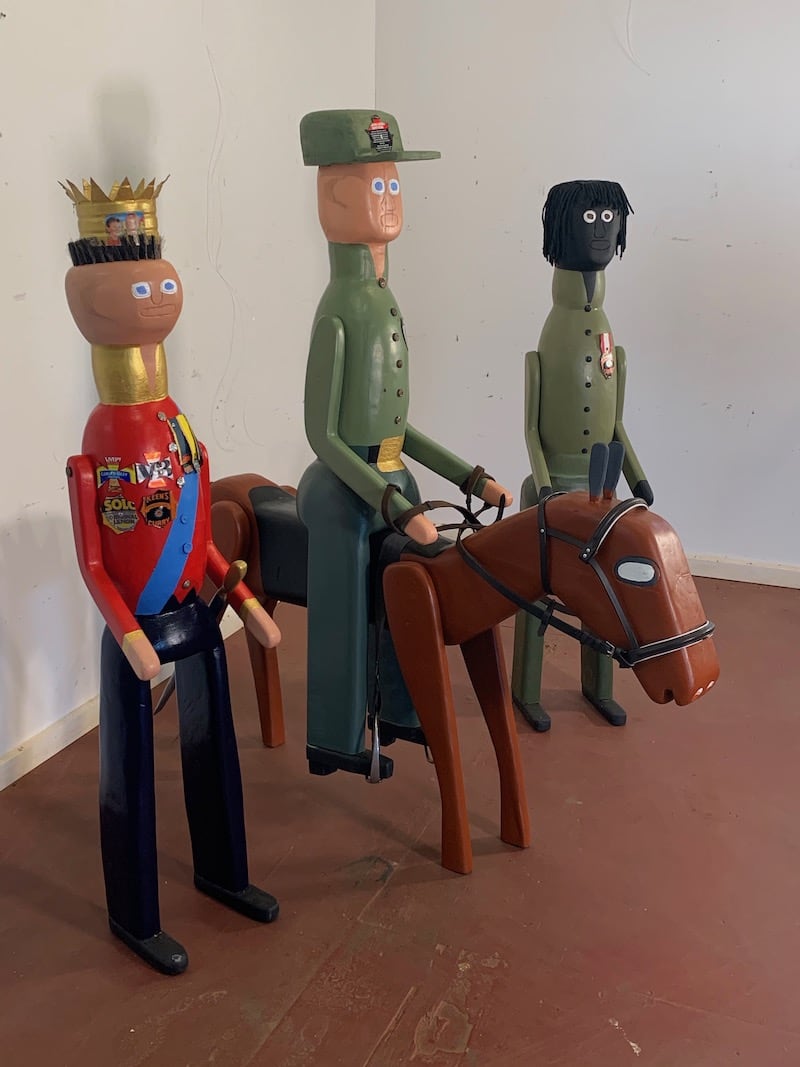In 1911, during the wet season, Northern Territory police officer Constable Johns arrested Ayaiga, also known as ‘Neighbour’ and three other Aboriginal men accused of robbing a white man’s hut. Johns shackled the four prisoners and they began the 32-kilometre journey to Roper Bar Police Station on foot, escorted by Johns on horseback. Arriving at the flooded Wilton River, the prisoners crossed the bursting waters, but when Johns followed his horse kicked him and he went under. Risking his own life, Ayaiga, still in shackles, dove in and pulled Johns to safety.
After saving Constable Johns, Ayaiga’s charges were dropped. News of Ayaiga’s courage travelled and in February 1912, King George V awarded him the Albert Medal for Lifesaving, the British Empire’s highest award for bravery, which was presented to Ayaiga in Darwin.
These events took place amid colonial violence in the Gulf Country — massacre, dispossession, degradation — which was the reality lived by Aboriginal peoples in the region. During the rapid pastoral settlement of Gulf Country, between 1885 and 1910, over 600 Aboriginal peoples were killed (about one-sixth of the population) and many more displaced.1 Those who remained, like Ayaiga, were subject to intrusive and paternalistic laws. Even after Ayaiga received his venerated award, officials did not allow him to keep the medal.
The layered story of Ayaiga’s compassion and courage has been retold in numerous variations and shaped by many people. In After the rescue, Wilfred has sculpted Ayaiga, Mounted Constable Johns and King George V. Alluding to the historical and cultural complexity of Ayaiga’s narrative, the three figures from starkly different places and life experiences stand next to each other in a simple configuration, interacting without understanding one another.
King George V is adorned with medals and a crown made with grocery packaging found in Ngukkur — including a VB beer can and a Diploma powdered milk tin — which places the king in direct relation to the contemporary legacy of rationing in Wilfred’s community. Johns is still on horseback, situating him in a moment of power before the event, and Ayaiga is triumphantly bringing home the Albert Medal.
After the rescue opens Ayaiga’s narrative up to re- interpretation in the present. The humanising story of Ayaiga’s bravery has often been used to exemplify a moment of cross- cultural unity between Aboriginal peoples and settlers. After the rescue challenges this version of the story, instead emphasising the divergence of the figures and the worlds they inhabited.

